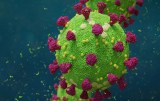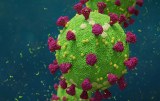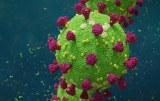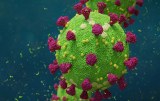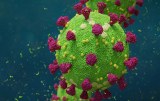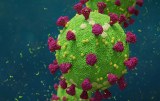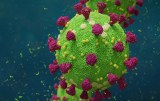
SARS-CoV-2 - Antigens (proteins and peptides) for research and development
The newly identified coronavirus, SARS-CoV-2 (2019-nCoV), has led to pneumonia (COVID-19). SARS-CoV-2 belongs to the Betacoronavirus Genus, which also includes SARS CoV (2003) and MERS CoV (2012). Same as all other coronaviruses, the genome of SARS-CoV-2 (2019-nCoV) encodes the spike protein, the envelope protein, the membrane protein, and the nucleocapsid protein.
The spike protein (S-protein) mediates receptor binding and membrane fusion. Spike protein contains two subunits, S1 and S2. S1 contains a receptor binding domain (RBD), which is responsible for recognizing and binding with the cell surface receptor. S2 subunit is the "stem" of the structure, which contains other basic elements needed for the membrane fusion. The spike protein is the common target for neutralizing antibodies and vaccines. It's been reported that SARS-CoV-2 (2019-nCoV) can infect the human respiratory epithelial cells through interaction with the human ACE2 receptor. Indeed, the recombinant Spike protein can bind with recombinant ACE2 protein.
The Nucleocapsid Protein (N-protein) is the most abundant protein in coronavirus. The N-protein is a highly immunogenic phosphoprotein, and it is normally very conserved. The N protein of coronavirus is often used as a marker in diagnostic assays.
To aid the efforts of developing diagnostic kits, vaccines and neutralizing antibodies against this virus, we offer a panel of research reagents for SARS-CoV-2, including recombinant antigens (the N protein, S protein, the S1 and S2 subunits of the S protein, and the RBD domain of the S proteins).



